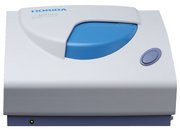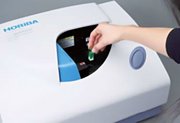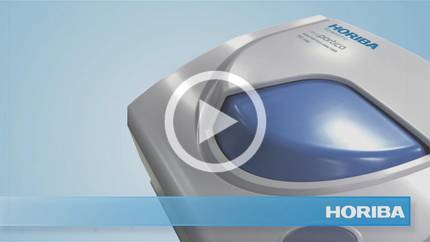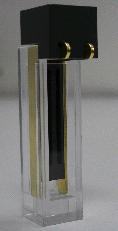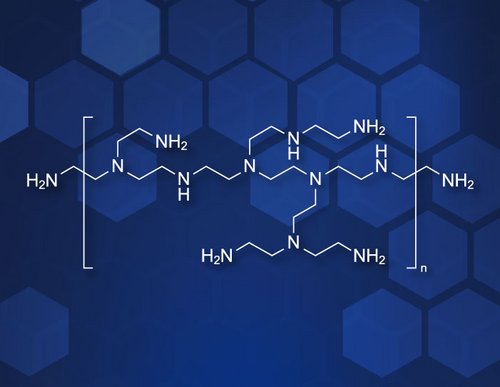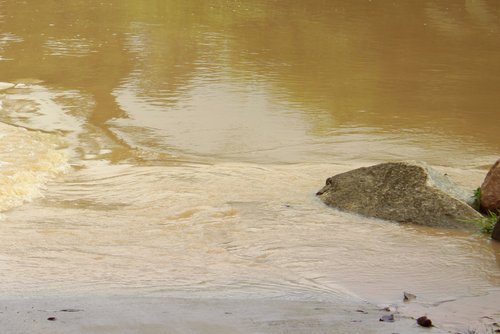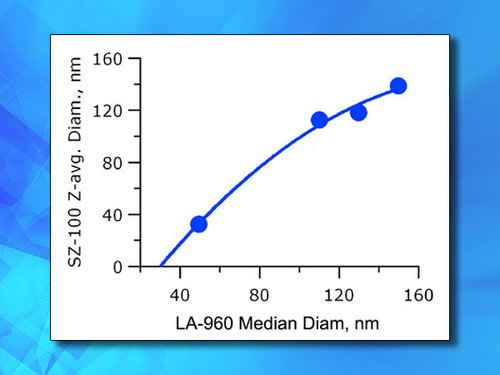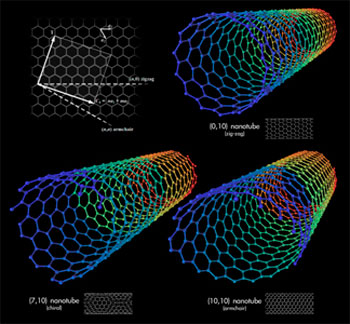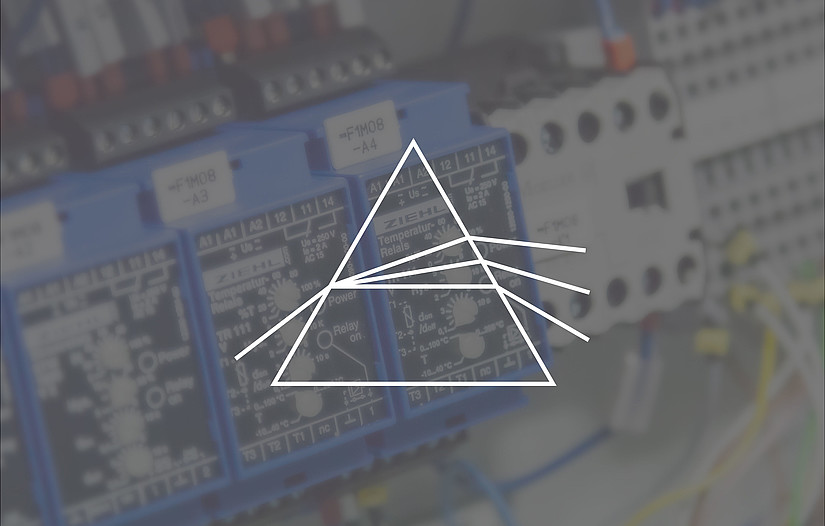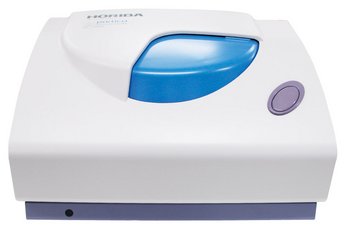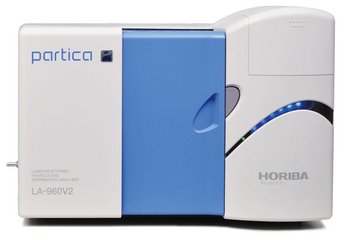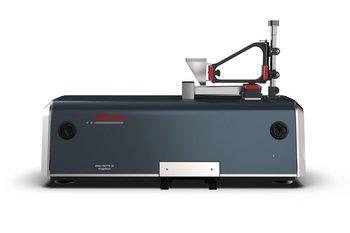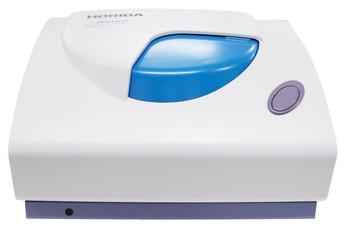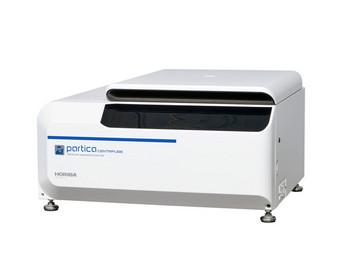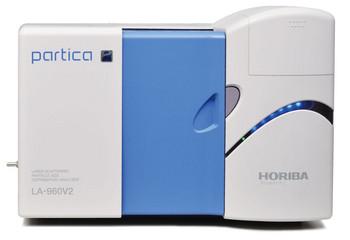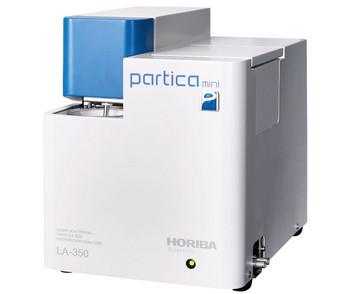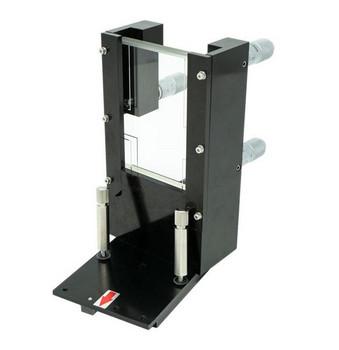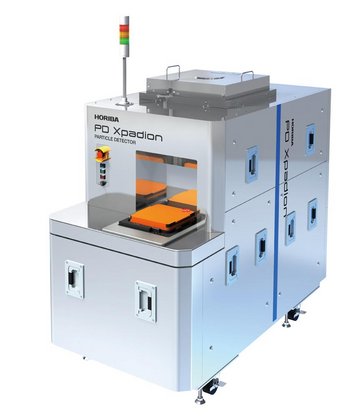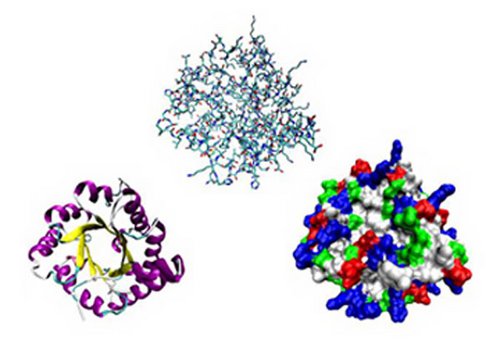
Particle size: Dynamic Light Scattering (DLS) technique |
Measurement range
Measurement Accuracy
Measurement time
Sampling cell
Sampling volume
|
Zeta potential: Laser doppler electrophoresis technique |
Measurement range
Measurement time
Sampling cell
Sampling volume
|
Molecular weight: Static light scattering Debye plot technique |
Measurement Range
Sampling cell
|
Physical |
Power supply: AC 100-240V, 50/60Hz, 150VA Laser: DPSS 532 nm, 10 mW Class I Interface: USB 2.0, between the analyzer and PC External dimensions: 385 (D) x 528 (W) x 273 (H) mm (Except for projections) Mass approx: 25kg Temp control range: 1-90℃ for particle size, 1-70℃ for zeta potential Operating temp and humidity: 15 - 35 ℃, Relative humidity = 85% or less, no condensation Condensation control: Purge port connection available |
Accessories
Particle size cells
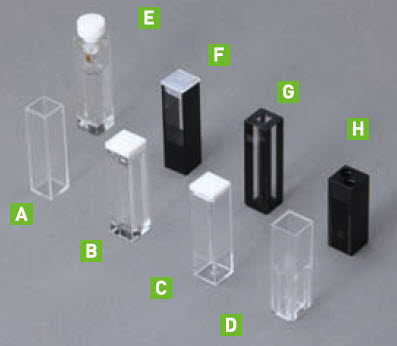
| Cell name | Min volume | Solvent | |
|---|---|---|---|
| A | Disposable cell | 1.2 mL | Aqueous |
| B | Semi-micro cell | 500 µL | Aqueous, non-aqueous |
| C | Glass cell | 1.2 mL | Aqueous, non-aqueous |
| D | Semi-micro disposable cell | 600 µL | Aqueous |
| E | Cell with lid | 1.2 mL | Aqueous, non-aqueous |
| F | Micro cell (90° only) | 12 µL | Aqueous, non-aqueous |
| G | Sub-micro cell | 200 µL | Aqueous, non-aqueous |
| H | Flow cell | 100 µL | Aqueous, non-aqueous |
Zeta potential cells
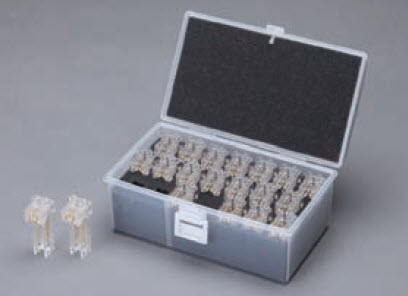
Disposable zeta potential cells for aqueous measurements. Box of 20 Volume = 100 µL
Non-aquoeus zeta potential cell. Volume = 100 µL
 This product has been discontinued and is no longer available. You can still access this page for informational service purposes.
This product has been discontinued and is no longer available. You can still access this page for informational service purposes.

